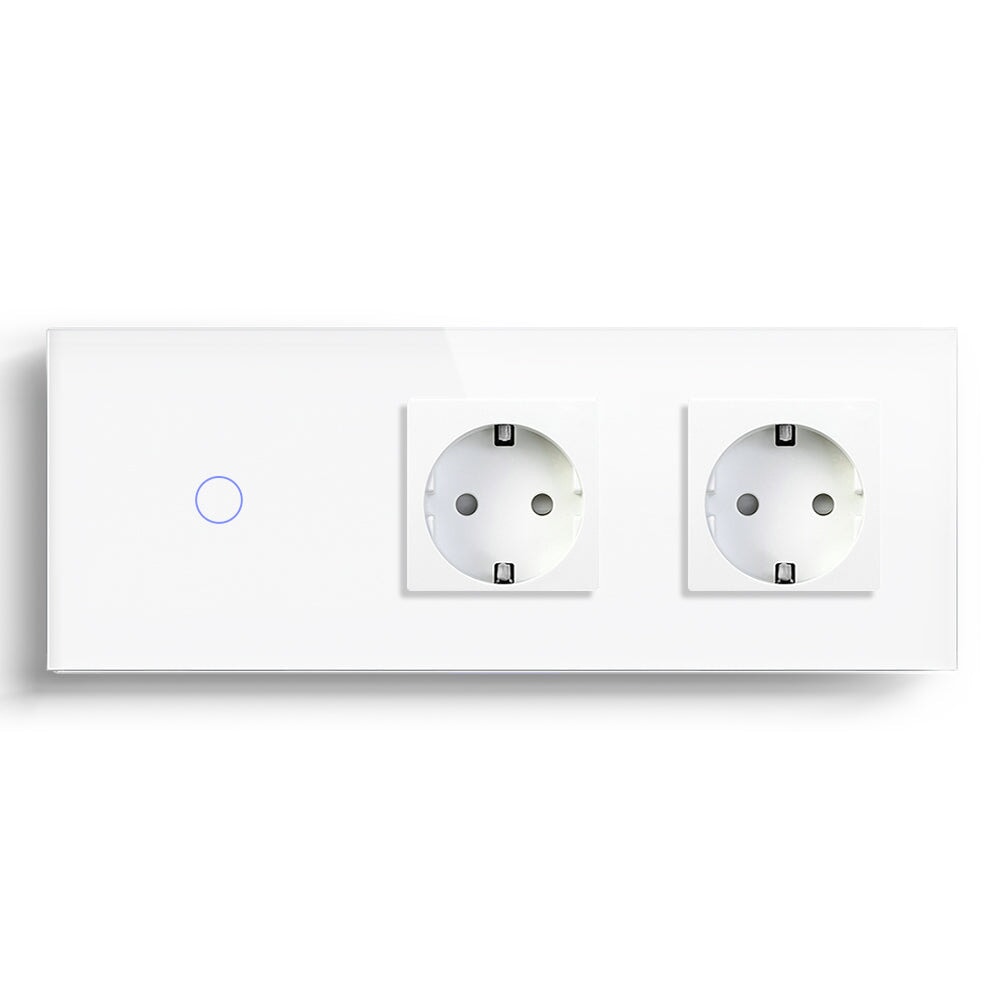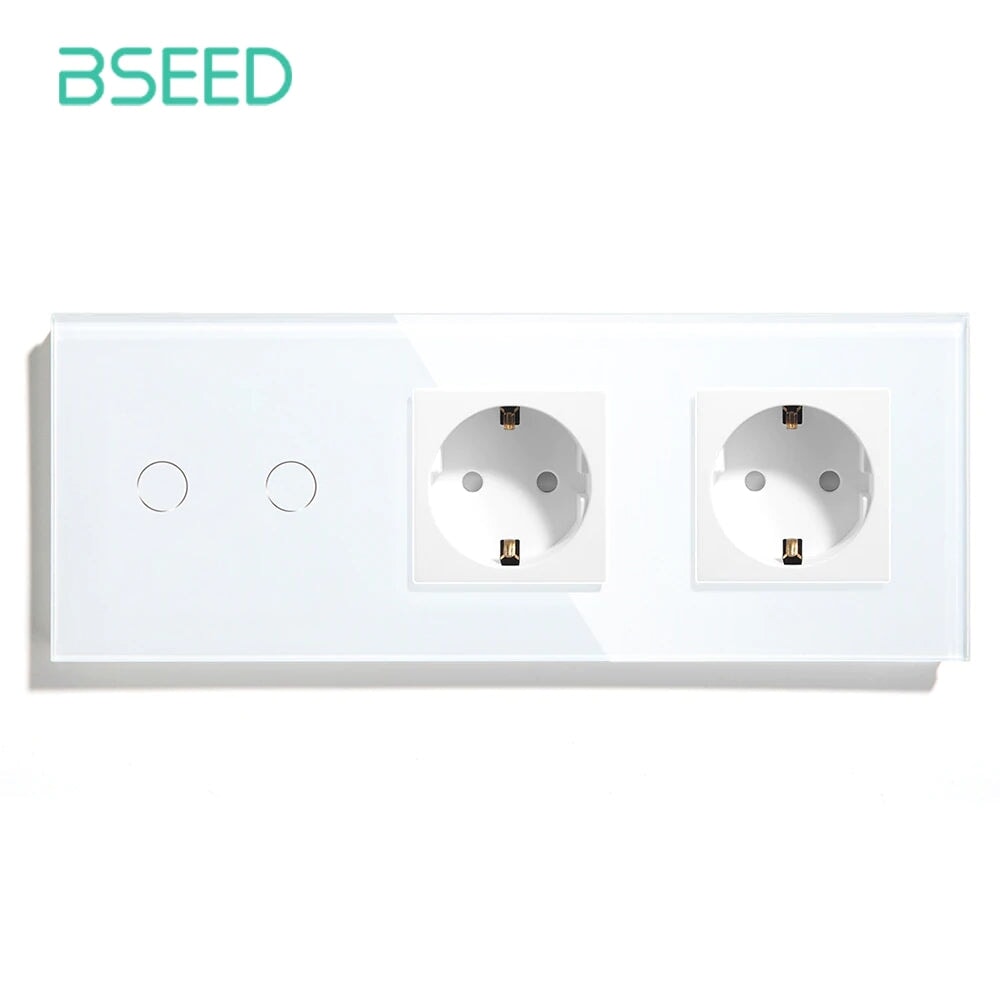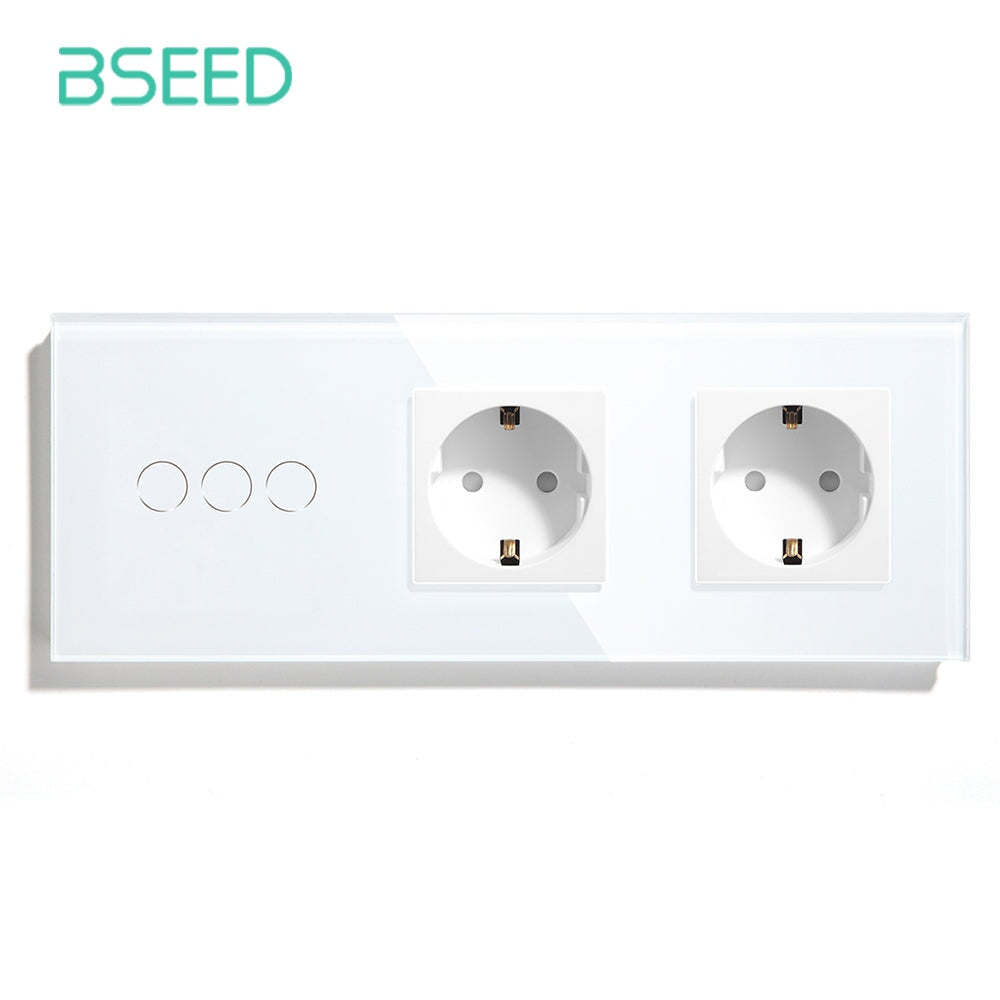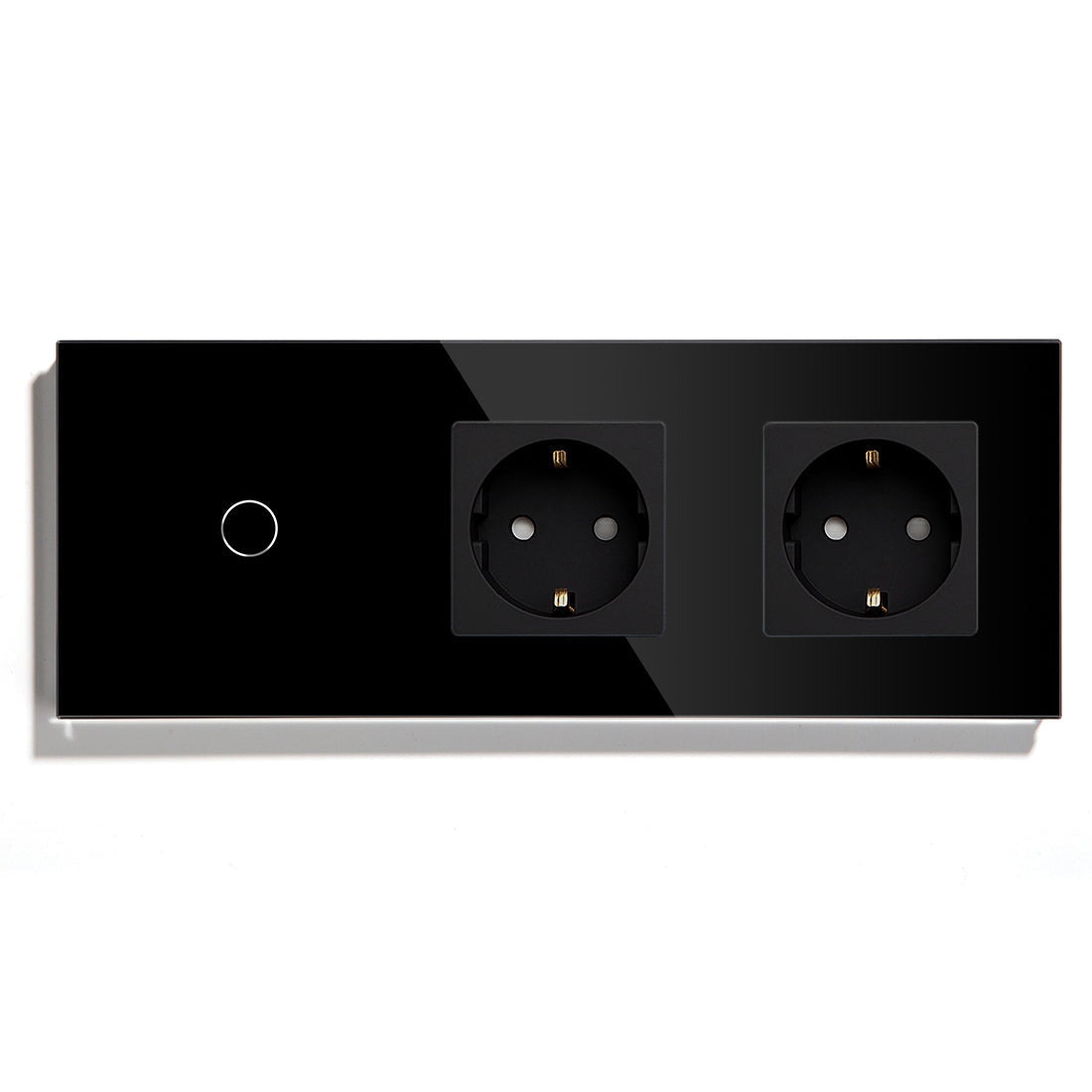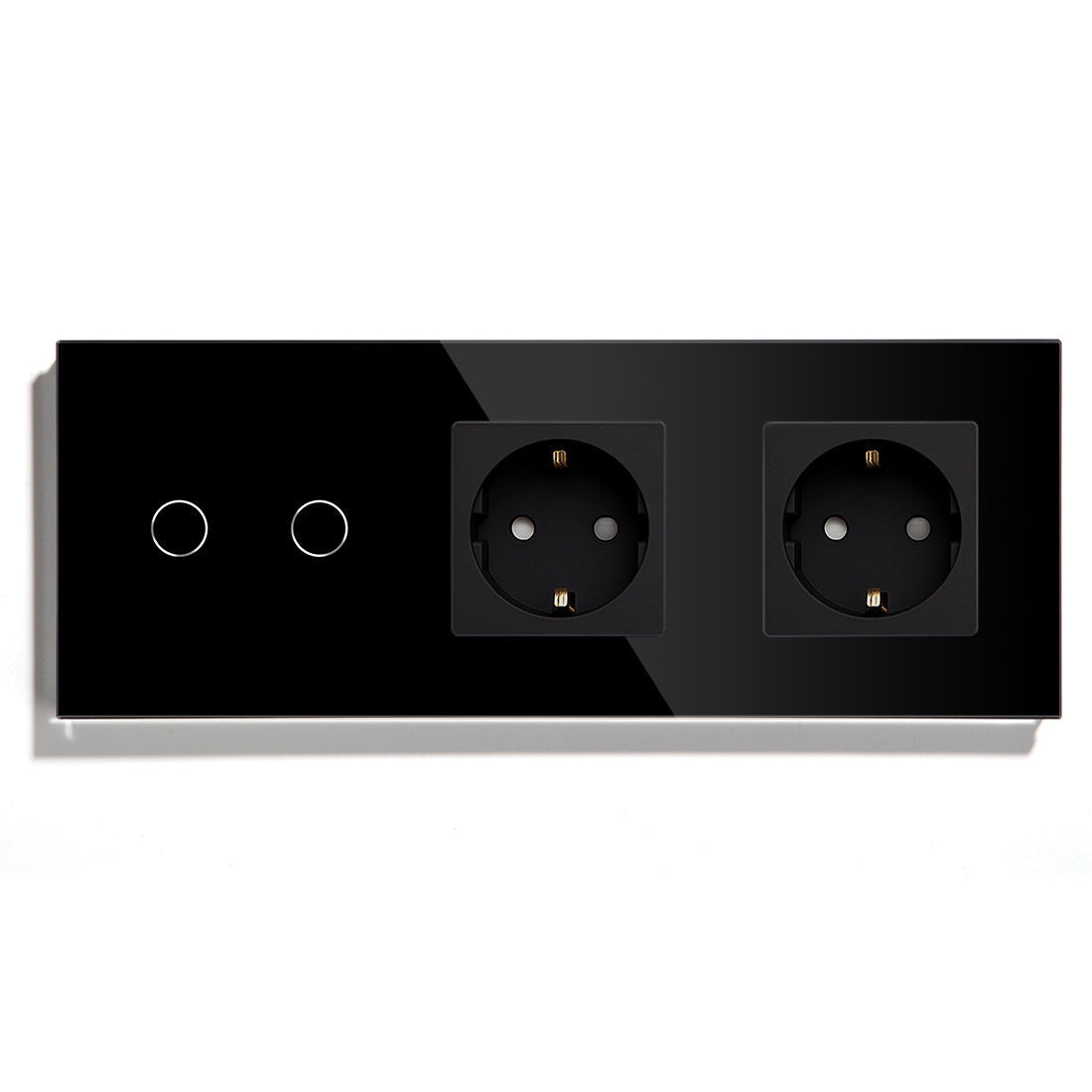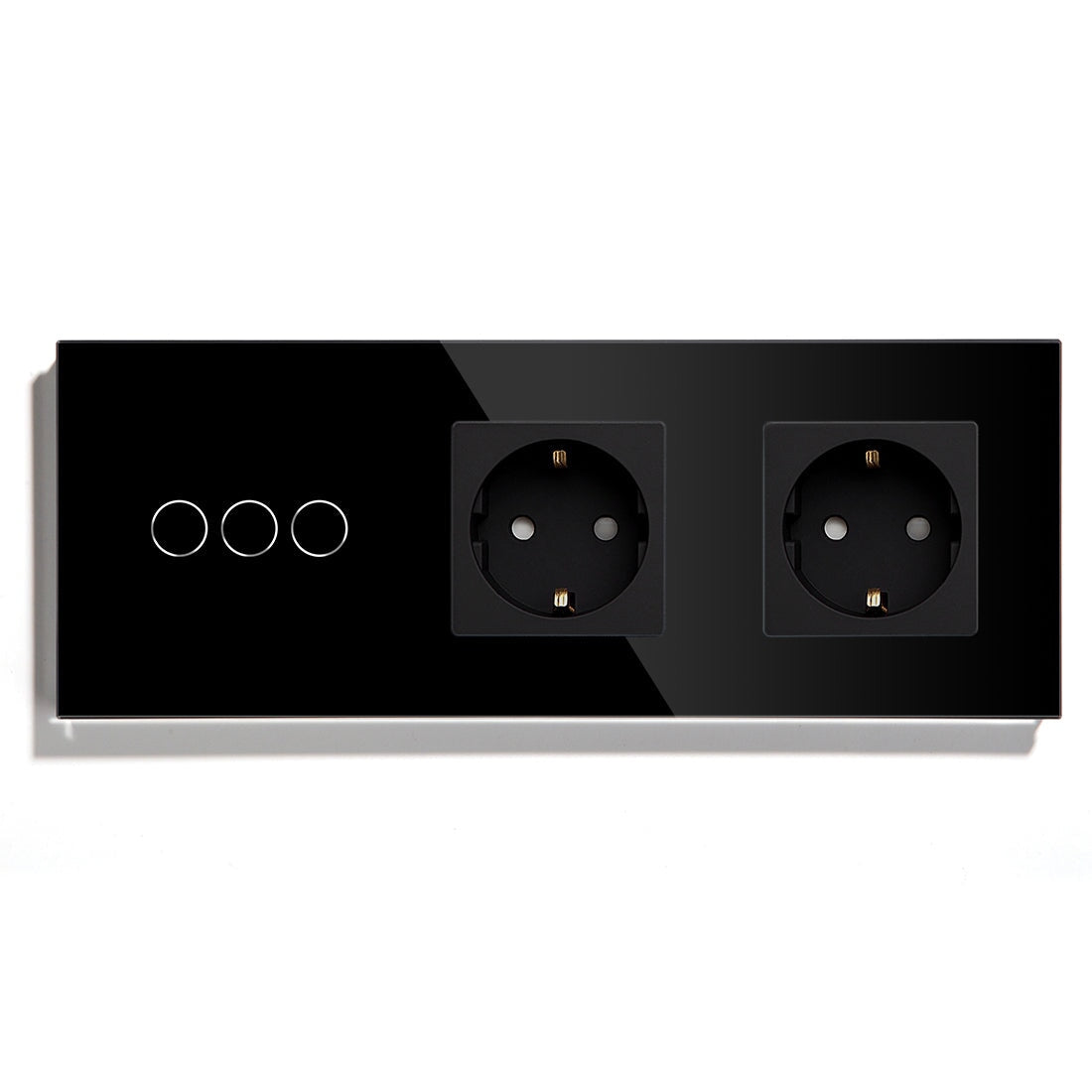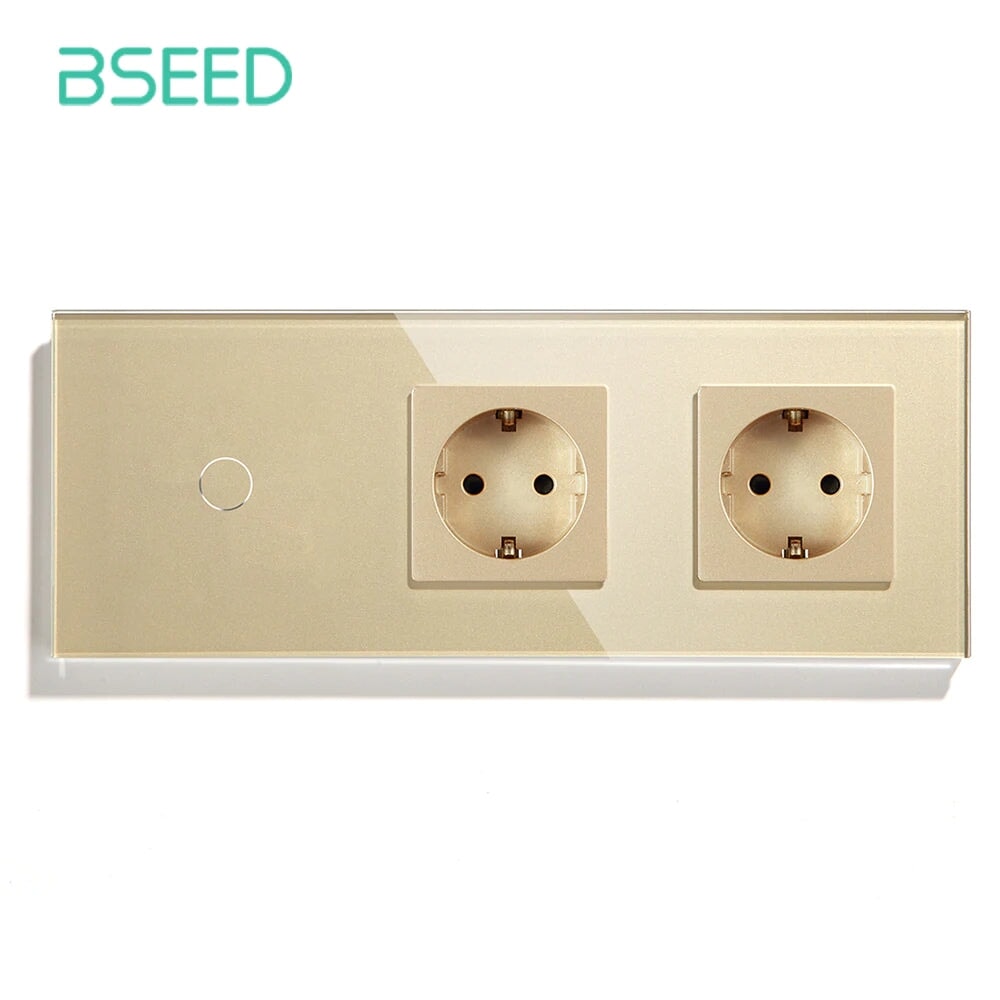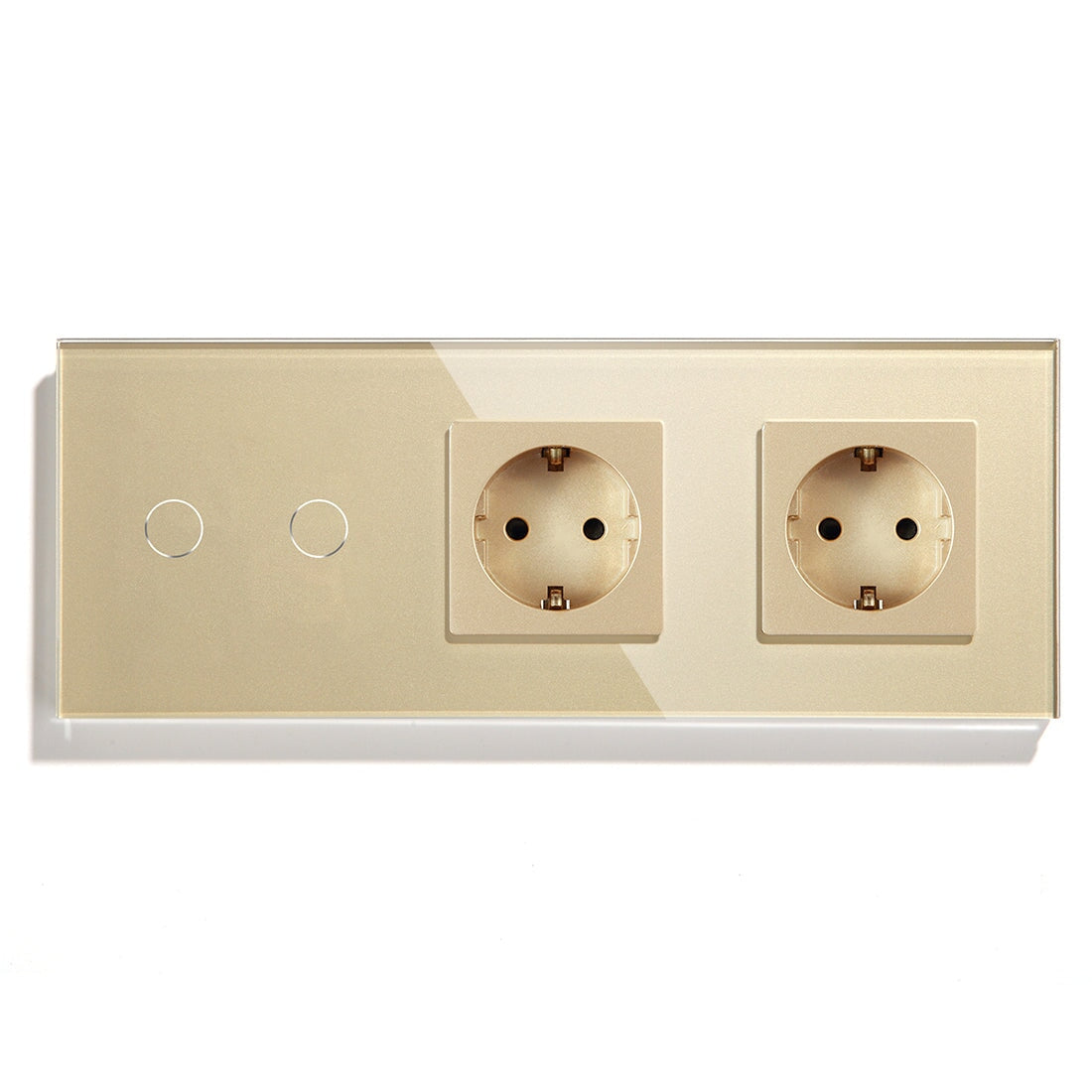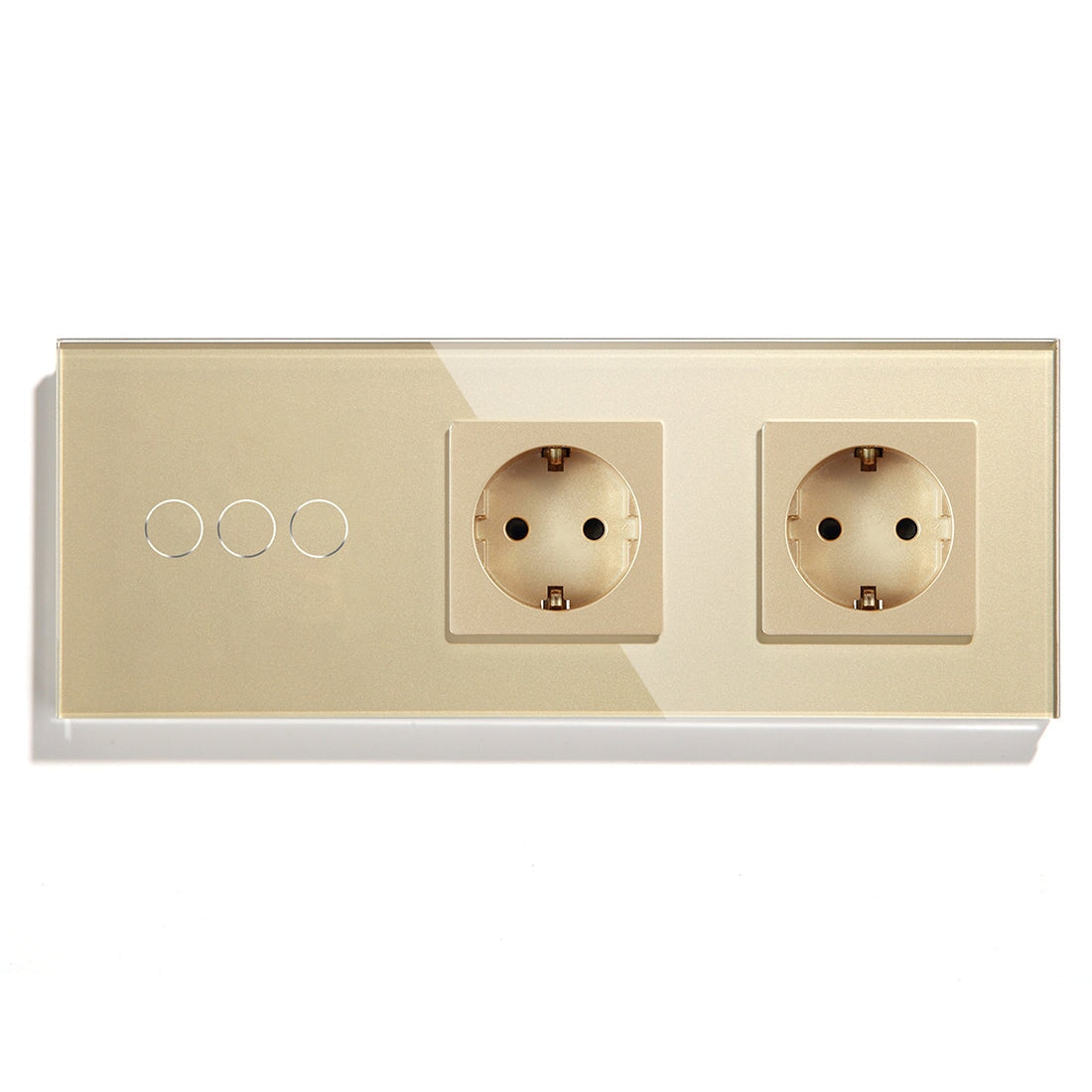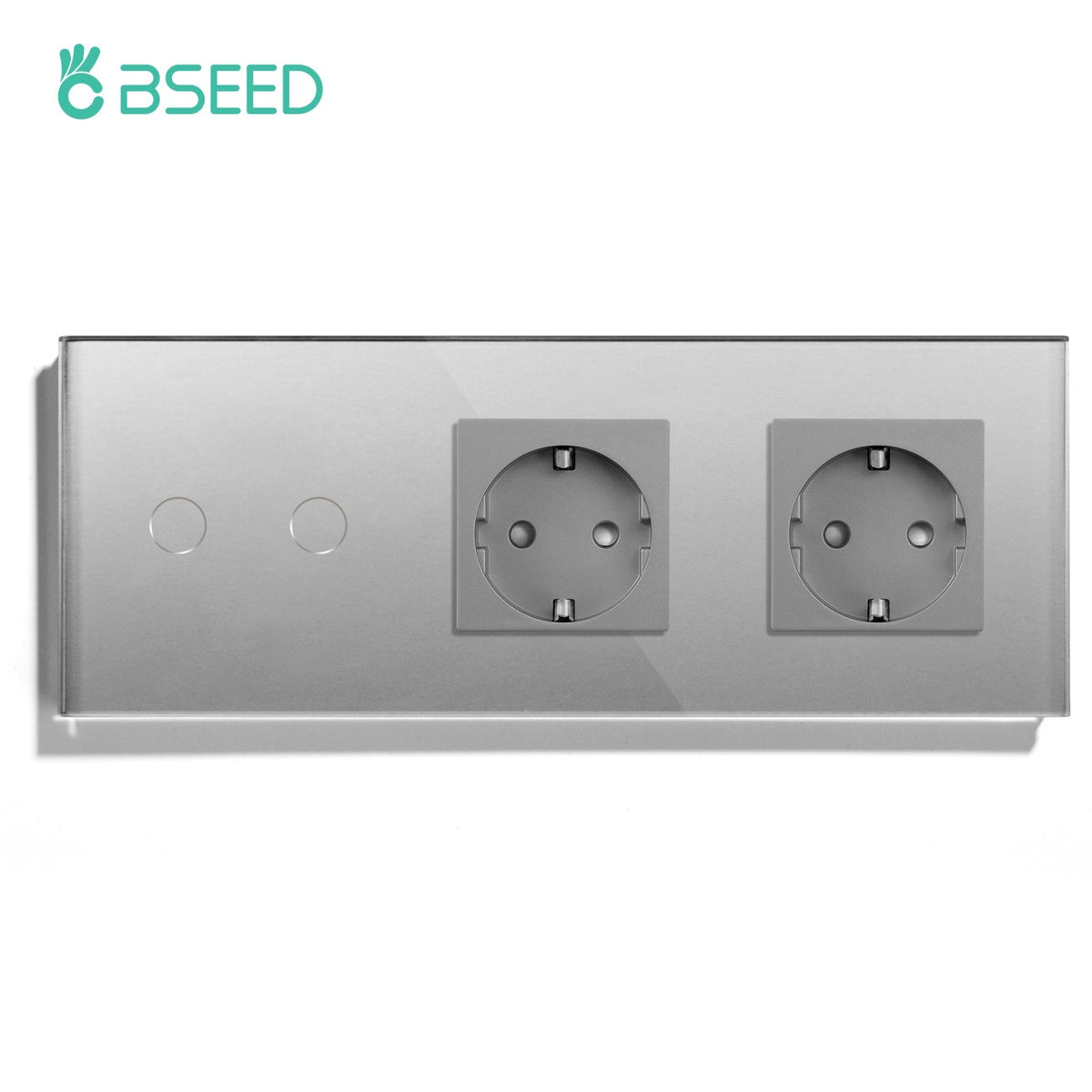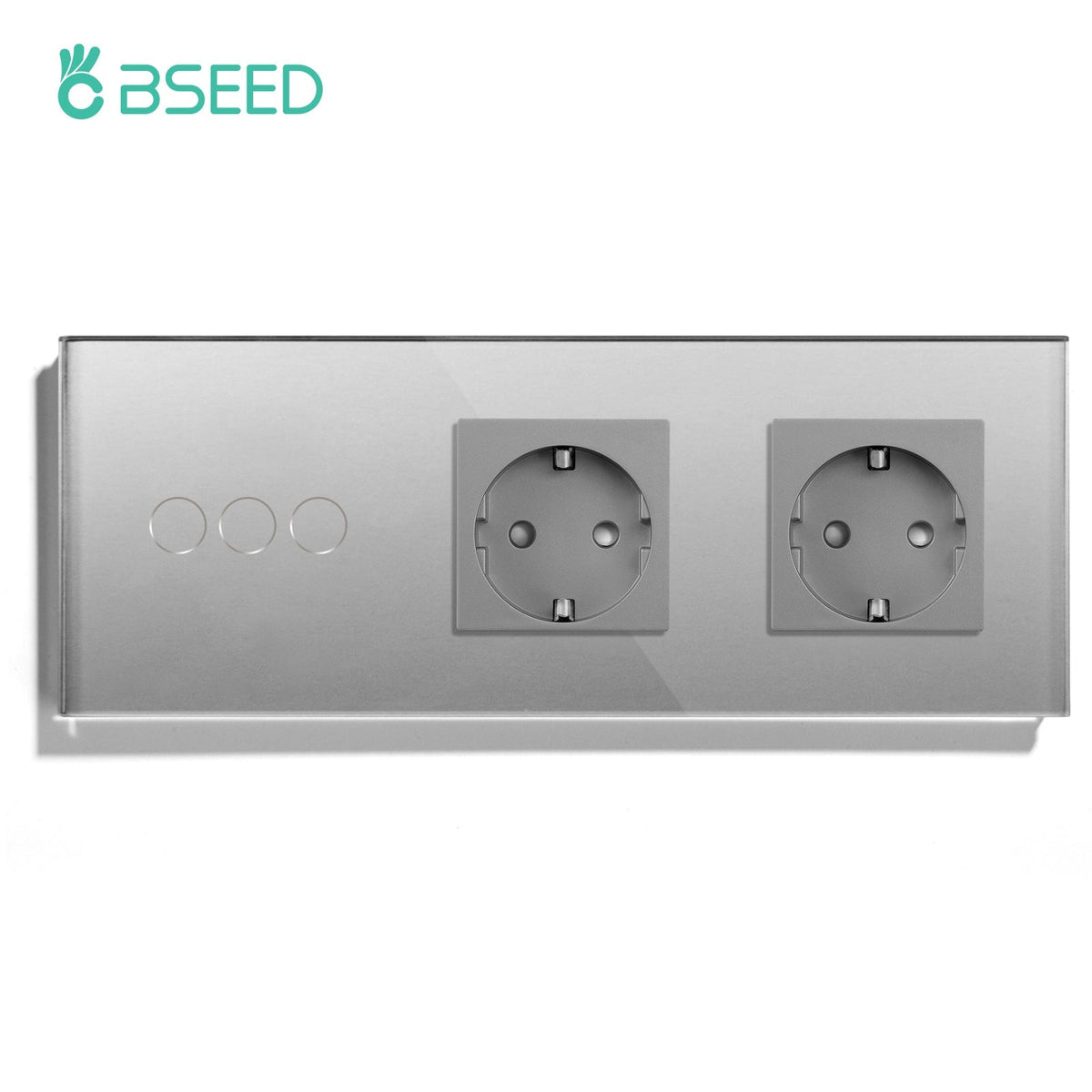How to Measure the Strength of Your WiFi Network
How to Measure the Strength of Your WiFi Network
One of the most important factors in a wireless signal is its strength, and that is measured by its Signal-to-Noise Ratio, or SNR.wifi signal: 2.4ghz network The higher the SNR, the more powerful your WiFi signal and the better it will be able to penetrate walls and solid objects. A weak signal, on the other hand, is easily blocked or interfered with by other devices in the vicinity. This is where having multiple access points (APs) can be beneficial – they can each transmit a stronger, more stable and reliable wireless signal.
The 2.wifi signal: 2.4ghz network 4GHz band is pretty crowded and can suffer from interference from other common household devices like cordless phones, microwave ovens, Bluetooth devices and baby monitors. This congestion can cause the signal to slow down, and in some cases completely block WiFi access. In most cases, the 5GHz band is less crowded and will offer faster speeds and more stable connections.
In the beginning, there was only one WiFi frequency – like a single highway that carries all traffic in and out of town.wifi signal: 2.4ghz network This single road can get quite congested and may even cause vehicles to interfere with each other. As the popularity of WiFi grew, however, the 2.4 GHz frequency was widened into two lanes, allowing it to carry twice as much traffic and avoid interference.
Wi-Fi signals use a variety of techniques to send and receive data, including ASK (Amplitude Shift Keying) and PSK (Phase-Shift Keying). Essentially, these are ways of changing the power of a radio wave to encode information, and the different modes change the strength and quality of the signal. In general, higher ASK and PSK modes provide a stronger and more reliable signal, but also have a lower data rate.
Another way to measure the strength of your wireless signal is by comparing its coverage area to the size of your home or workspace. Typically, larger spaces require a 2.4GHz network to cover the entire area with an adequate signal. In such cases, using a WiFi extender can help boost your signal and improve the performance of your network.
Another factor to consider is your usage of high-bandwidth activities such as streaming videos and online gaming. The 2.4GHz band will work well for these applications, but if you need a strong and consistent connection with higher data rates, then the 5GHz band is definitely the way to go.



